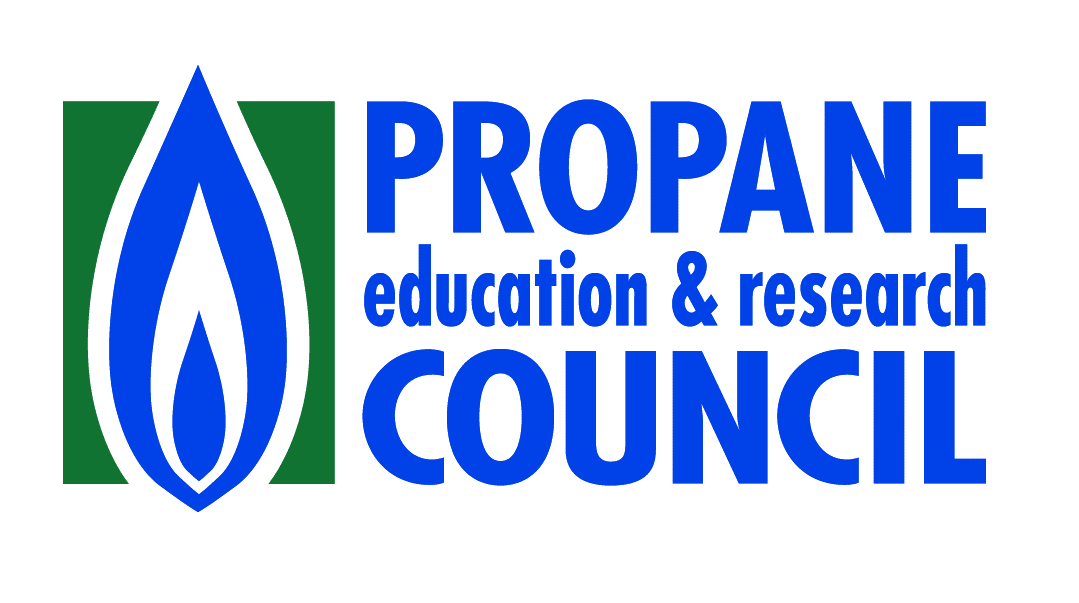The school bus industry is undeniably one of the most scrutinized transportation sectors. Between ensuring student health and safety and trying to balance a budget during cutbacks, difficult challenges abound for school transportation officials.
One way school districts across the country have met these challenges head on is by transitioning their school bus fleet to propane autogas, a safe and reliable energy source that has reduced harmful emissions and operational costs.
School bus fleets transitioning to propane autogas have reduced harmful emissions and operational costs.
This has been especially important during the pandemic, where budgets and student health are under more careful watch than ever before. While this school year looks different than any that have come before it, propane autogas is still providing the low emissions and cost-effective benefits districts need. Even districts that have gone remote and are using propane autogas buses to deliver meals to students are realizing these benefits.
To some extent, a school bus is just a truck with a different chassis and more precious cargo. As more commercial fleets face strict budgets and concerns about employee health during the pandemic, fleet owners can take a page out of the school transportation handbook and turn to propane autogas.
Emissions and Health Benefits
The migration to propane autogas school buses started around the desire to reduce particulate matter emissions. Forward-thinking school transportation directors realized that the health of their students was being compromised by the particulate matter in diesel emissions. That’s not only when students are face-to-face with the tailpipe, but also when they ride the bus. Many students are exposed to diesel’s emissions and odor for long periods of time while traveling to and from school. Propane autogas buses significantly reduce these emissions, and transportation directors choosing to operate with this clean fuel are prioritizing student health.
Transportation directors choosing to operate with propane autogas are prioritizing student health.
More recently, ultra-low nitrogen oxide (NOx) propane autogas engines began to make that ride to and from school even cleaner, with emissions that are 90 percent lower than any EPA standards and are certified to the optional ultra-low NOx emissions standard as defined by the California Air Resources Board (CARB) for heavy-duty engines with .02 grams per brake horsepower-hour. This is profoundly important, especially during the pandemic, because NOx emissions are a known trigger for issues like asthma, bronchitis, and other respiratory problems.
While that’s especially sensitive because we’re talking about children who are still growing and developing, being around elevated levels of particulate matter and NOx emissions should be unacceptable for anyone — including commercial fleet drivers and the communities they drive in.
Quieter Buses Mean a Calmer Ride
In addition, propane autogas buses are much quieter than diesel. Drivers and students have reported that the drive to school is calmer for everyone. Students don’t have to shout to be heard, and drivers say they feel more in control of what’s going on inside and outside the bus, lowering everyone’s stress levels.
Propane autogas buses are much quieter, so the drive to school is calmer for everyone.
That notion has been confirmed by a study from Georgia State University that found that students that ride to school on low emissions buses tested higher in math and science than their peers on diesel buses. While that may seem hard to believe, this aligns with what teachers have reported, that students on propane autogas buses miss fewer days of school, arrive calmer, and settle into learning faster than their peers.
For commercial fleets, that could translate to higher driver retention rates. Drivers who operate propane autogas vehicles say they appreciate that the vehicles are quieter so they are able to hear mechanical issues that arise. Drivers also like that they don’t smell like gasoline or diesel at the end of the day. Fleets that operate propane autogas can also position the company as a “green” or “clean” choice for the community to attract drivers and new customers.
Financial Benefits
After introducing a few thousand propane autogas school buses around the nation, transportation directors started to see that not only are the buses cleaner, but the cost savings on the fuel are 30 to 50 percent less than diesel. Those savings are tremendously important for school transportation directors because it provides districts with access to money for more teachers and instruction materials.
If we transitioned every school bus to propane autogas, there would be money available to hire 23,000 new teachers.
A study by the Propane Education & Research Council found that if we transitioned every school bus across the nation to propane autogas, there would be enough money to hire 23,000 new teachers. That’s a radical shift in how students learn by simply moving to a cleaner and more cost-effective fuel.
That same lesson can be applied to commercial fleets, too. School buses average about 3,000 gallons of propane autogas per year, and commercial fleet vehicles that use more fuel will save even more. At a time when budgets may be under more scrutiny than in years past, propane autogas provides fleets with the lowest total cost-of-ownership. Fleets also receive a return on their investment within 24-36 months or less with higher mileage vehicles.
Choosing an energy source to power a fleet goes beyond face value. The right fuel can change a company, its drivers, and its community. With that in mind, if the school bus industry can safely and cost-effectively transport some of the world’s more precious cargo, there’s no reason that same energy source shouldn’t be used in commercial fleets.
To learn more about propane autogas, visit Propane.com/Fleet-Vehicles.



